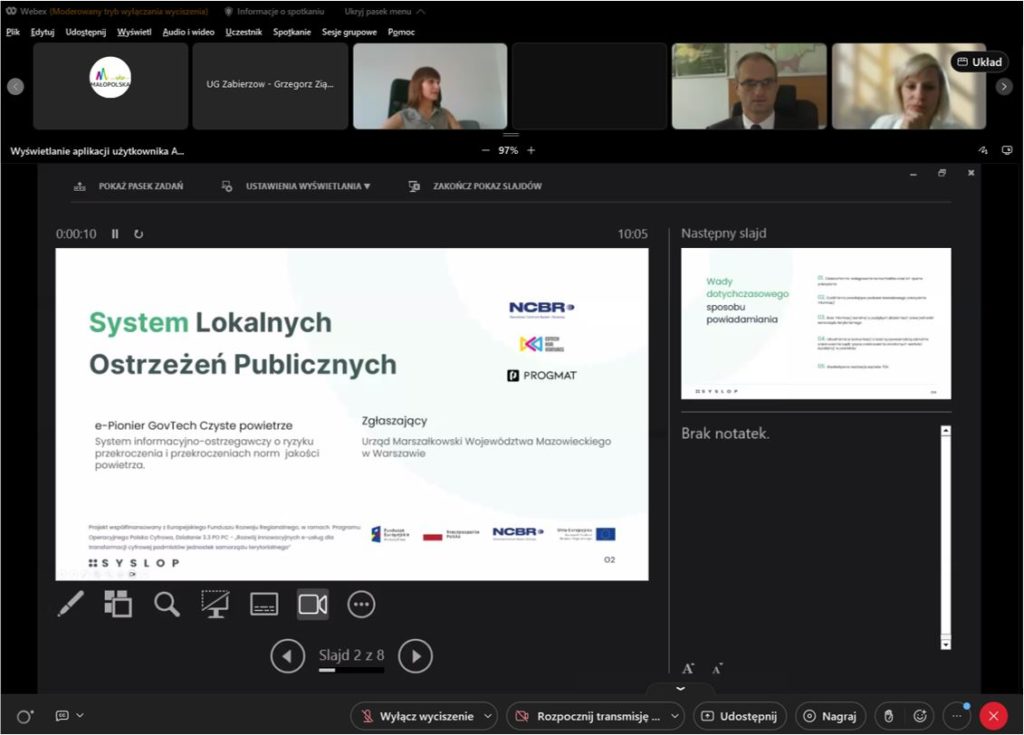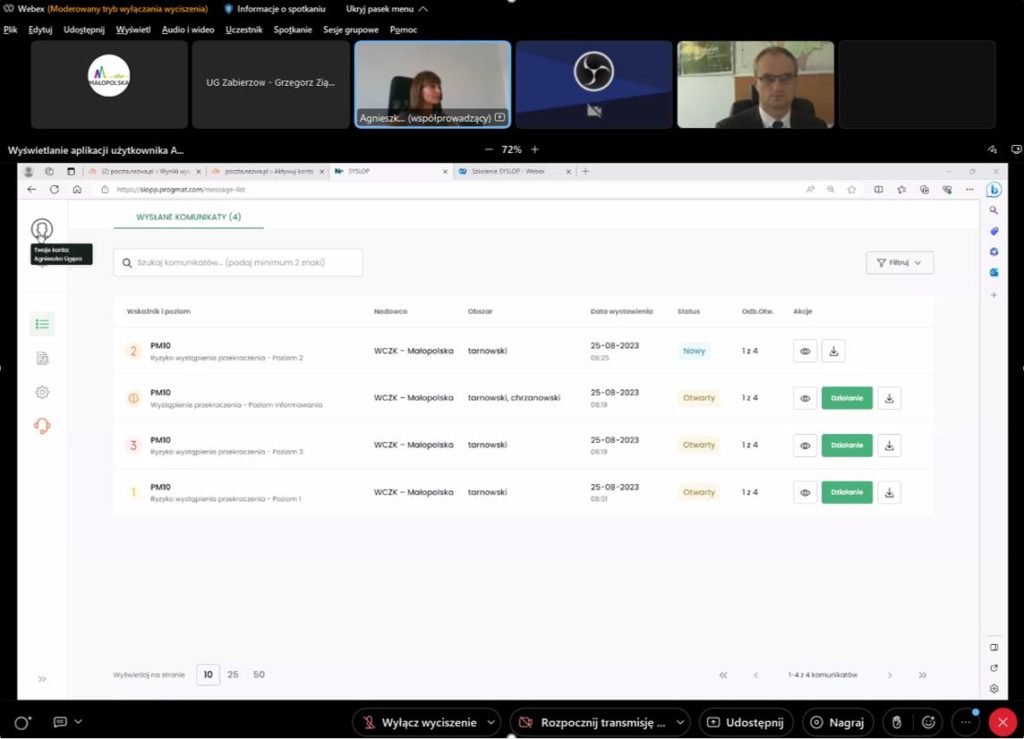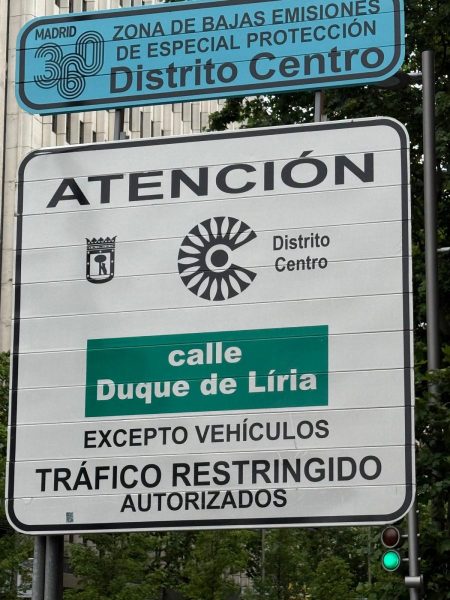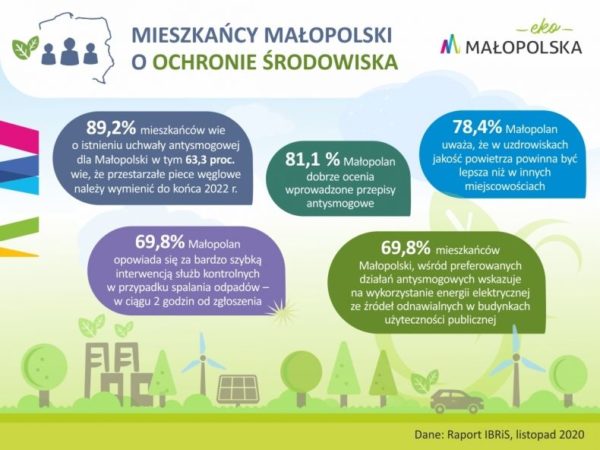Training in the use of the new System of Local Public Warnings (SYSLOP)

SYSLOP is a new information and warning system on the risk of exceeding and exceeding air quality standards. The genesis of its creation is related to the obligation of the Chief Inspectorate of Environmental Protection (GIOŚ) to provide smog alerts immediately. The system is currently being piloted in, among other places, the Małopolska province.
For what purpose was SYSLOP created?
The Short-Term Action Plan, which is an important part of the Air Protection Program, determines the actions to be taken immediately if there is a risk of exceedances of air quality standards. The task of the provincial government is then to determine the mode and method of announcing the occurrence of exceedances.
Thus, in order to efficiently reach all stakeholders with information about poor air quality, work has been undertaken to introduce a new electronic information and warning system (SYSLOP – System of Local Public Warnings). It will make it possible to quickly take preventive measures to reduce air emissions. This is because up to now smog warnings have been sent via e-mail (the Chief Inspectorate of Environmental Protection to the Provincial Crisis Management Center, the Provincial Crisis Management Center to the District Crisis Management Center, the District Crisis Management Center to the Municipalities in its area). Ultimately, smog alerts will be sent automatically in the emerging system. This means a greater likelihood of reaching everyone concerned.
SYSLOP system training
In connection with the introduction of SYSLOP, three online meetings on the operation of the new system were held in recent days. A total of 440 participants took part in the training. Among them were representatives of local government units and district crisis management centers of the Małopolska province. The trainings were conducted by representatives of PROGMAT.


The SYSLOP system is currently being piloted in the Mazowieckie and Malopolskie provinces. Included in the system are: Chief Inspector of Environmental Protection, Provincial Emergency Management Centers, Marshal Offices, and counties and municipalities. The entire project is financed by the National Center for Research and Development.









